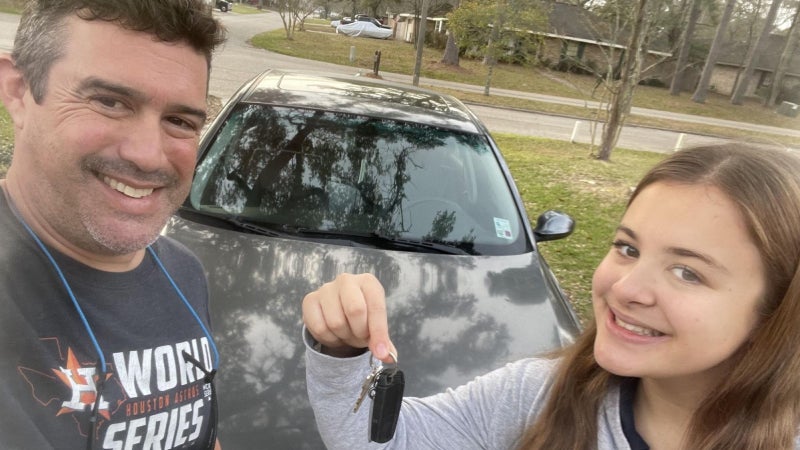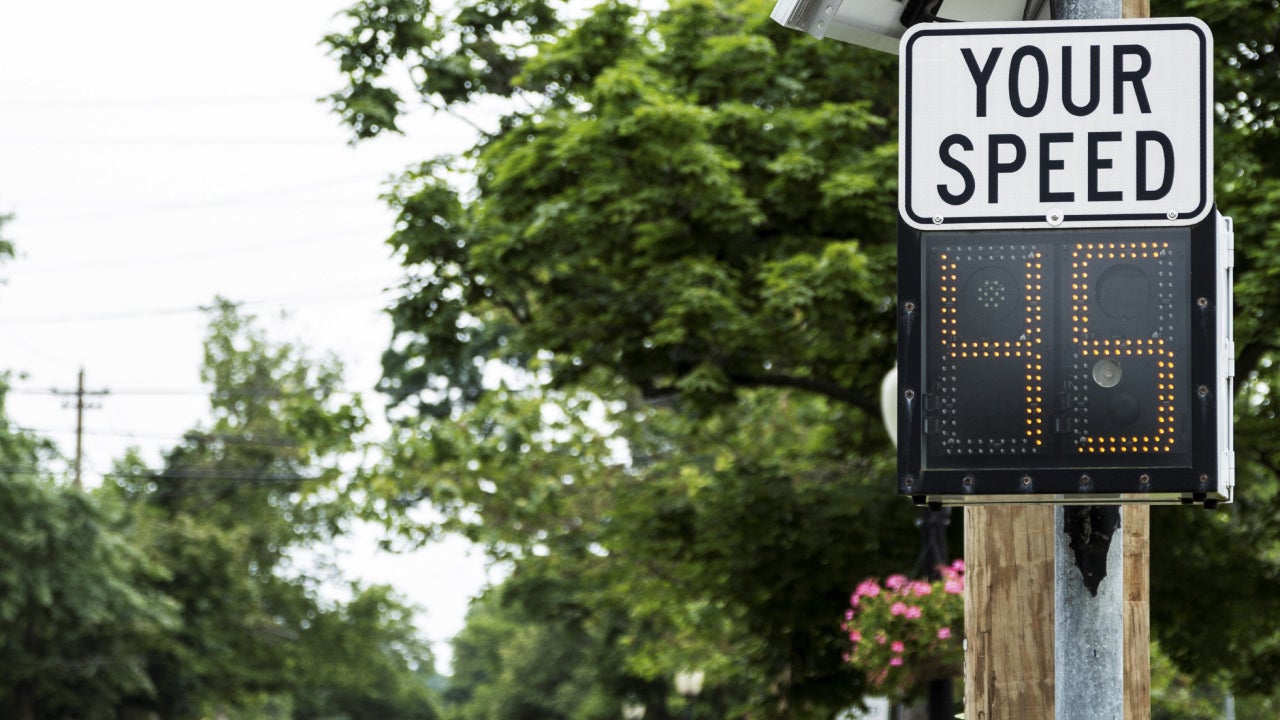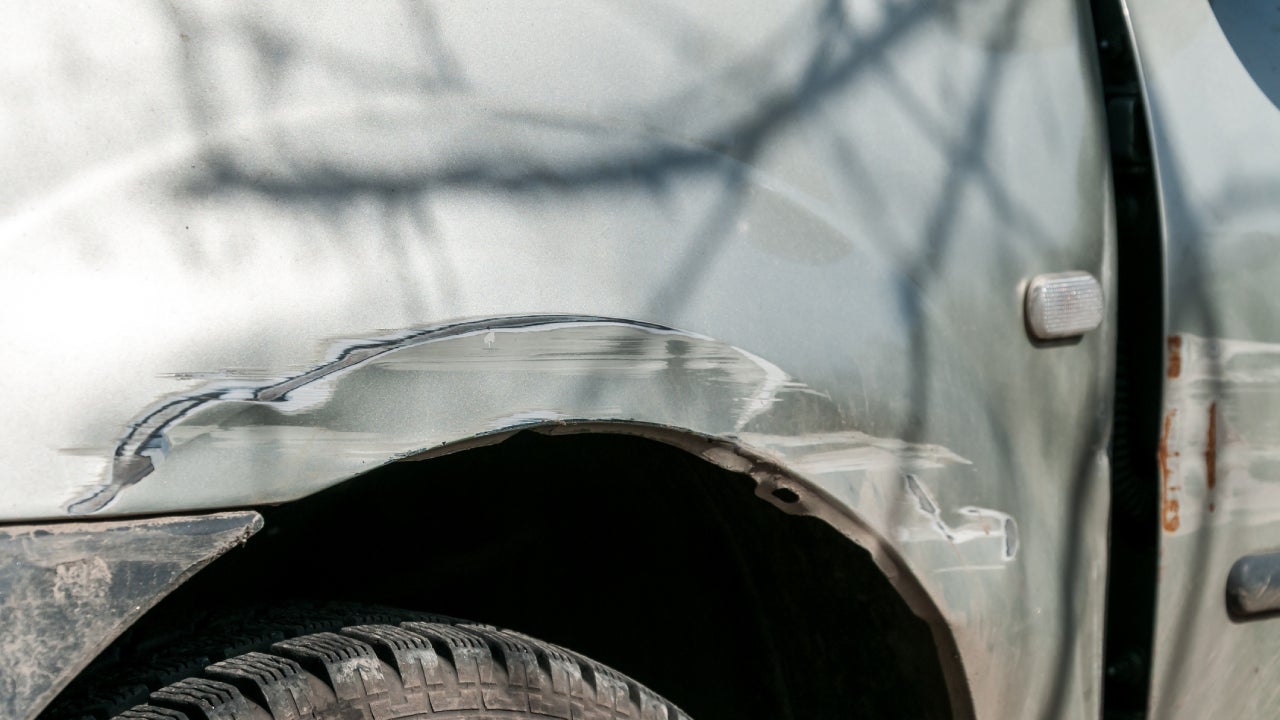Financial fender bender — A single accident raises average car insurance rates 43%

“I knew it might go up, but I didn’t think it would go up this much.” Steve Martin, a Louisiana resident, braced himself as he opened his auto policy renewal. His oldest daughter was involved in a minor fender bender, and like millions of Americans learned this year, car insurance rates are astronomical — especially for drivers with a car accident or other moving violation on their records.
The average cost of full coverage car insurance after an at-fault accident is $3,299 per year — a massive 43 percent increase compared to drivers with a clean record, according to Bankrate’s analysis of rates from Quadrant Information Services. Whether you’re planning a road trip or starting up the summer camp carpool, many Americans drive more in the summer. As the temperature ticks up, so do accident rates, and for many, a 43 percent jump in car insurance premiums could put pressure on an already strained household budget.
Even one car accident can bust summer travel budgets
Bankrate’s summer vacation survey discovered that 65 percent of U.S. adults who are not planning a summer vacation this year say it’s because they can’t afford to. With average full coverage car insurance rates rising by $82 per month due to one accident, it is easy to understand why.
Americans are still feeling the financial squeeze from inflation, and many are opting to stay close to home this summer to save some cash. In the same vacation survey, 12 percent of respondents reported planning a staycation for this summer.
Monthly insurance costs aside, policyholders with higher levels of coverage typically have more financial protection. Drivers with full coverage auto insurance at least have collision to aid in car repairs — minus the deductible, which is commonly $500 or $1,000.
Those who opted out of full coverage to save money on premiums are now grappling with out-of-pocket expenses related to rising repair and labor costs. Due to inflation’s impact on the car industry, motor vehicle repair costs are still 45.7 percent higher now than in February 2020.
According to the U.S. Department of Transportation, car crash fatalities spiked by 10.1 percent in 2021. While preliminary reporting from the National Highway Traffic Safety Administration (NHTSA) shows a 3.6 percent decline in car crash fatalities for 2023, car accidents are still occurring at a much higher rate than they were before the pandemic. Combined with inflation, increasing repair and labor costs, and hidden expenses like state fines and policy surcharges, many Americans are keeping summer vacation simple this year, if they can afford to take one at all.
Accident rates heat up in summer months
Summertime is the season of road trips, but busy roadways, construction and distracted drivers lead to higher accident rates in the summer and fall. According to the Insurance Institute for Highway Safety, July-October were the months with the most fatal vehicle crashes in 2022. Based on crash data from 2018-2022, July 4th is the day of the year with the most motor vehicle crash fatalities, averaging 143 deaths per year on the holiday. Drunk driving is also most common in the summer months, specifically July.
While most drivers aim to avoid accidents all year long, this increased risk in the summer might prompt drivers to be extra cautious as the weather heats up.
Is my driving record impacting my car insurance rate?
Your driving record has a significant influence on your cost of car insurance. Not all car accidents result in higher insurance rates, but at-fault accidents usually do. What may surprise drivers is what counts as at-fault and who determines it. “The police officer said that he wouldn’t write my daughter a ticket and that the accident was nobody’s fault,” said Martin about his daughter’s accident.
Since the accident happened in a private parking lot, and a ticket couldn’t be issued, I thought that would be the end of it. But it didn’t work out that way.— Steve Martin, Louisiana roofing contractor and father of three teenagers
Rate increases due to car accidents
In most situations, the insurance company determines fault in a car accident, not the police. The carrier can determine the fault and whether a surcharge is applied to the at-fault driver’s policy, even if the driver didn’t get a ticket or file a police report. And policy surcharges last between three to five years depending on the state and aren’t always proportionate to the amount the insurance companies pay out for the claim. Instead, they correlate to the risk of future accidents.
“We were paying about $500 per month for three cars and three drivers,” says Martin. “Now we pay about $630.” Steve’s daughter was only 17 years old at the time of the accident, so he and his wife were already stuck with paying for high auto rates that many parents of teen drivers are all too familiar with. “Sophia’s car has a $2,000 deductible, but Progressive said the cost of the damage didn’t meet the deductible.”
There are several causes of accidents involving one vehicle where insurance providers could consider the driver at fault, such as:
- Skidding on ice
- Distracted driving
- Drowsy driving
- Swerving to avoid a direct collision
Rate increases due to moving violations
Accidents aren’t the only way drivers might receive a policy surcharge. Moving violations also increase rates even when an accident doesn’t occur. Insurance carriers underwrite the behavior behind moving violations and assess the level of risk for future accidents.
There are various other factors that impact your auto rates, such as state-mandated insurance requirements, vehicle type, coverage selection and more. That said, your driving record usually takes center stage.
Major incident types and average premiums
| Driving record | Average annual full coverage premium | Average monthly full coverage premium | Premium increase compared to clean driving record |
|---|---|---|---|
| Clean driving record | $2,311 | $193 | N/A |
| Single at-fault accident | $3,299 | $275 | 43% |
| Single speeding ticket | $2,789 | $232 | 21% |
| Single DUI conviction | $4,426 | $369 | 92% |
Unforeseen expenses to consider
Bankrate’s emergency savings report revealed just how precarious many Americans’ financial situations are. When we asked, “Which of the following best describes how you would deal with a major unexpected expense, such as $1,000 for an emergency room visit or car repair?” a shocking 56 percent of U.S. adults responded that they would not use money from their savings account. Instead, 21 percent would finance the expense with a credit card and pay it off over time. Other payment methods included borrowing from family or friends, taking out a personal loan and reducing spending on other things.
Sophia’s a great kid, much better than I was at her age. She keeps her grades up and kicks in money from her part-time job to help pay for the rate increase.— Steve Martin with his daughter Sophia

Taking advantage of insurance discounts, like Sophia does with her good student discount, is one way to find cheaper car insurance after an accident. However, insurance is just one aspect of how a car accident can impact your personal finances. Below are some examples of other accident-related expenses that can sneak up on you.
Methodology
Bankrate utilizes Quadrant Information Services to analyze June 2024 rates for all ZIP codes and carriers in all 50 states and Washington, D.C. Rates are weighted based on the population density in each geographic region. Quoted rates are based on a single, 40-year-old male and female driver with a clean driving record, good credit and the following full coverage limits:
- $100,000 bodily injury liability per person
- $300,000 bodily injury liability per accident
- $50,000 property damage liability per accident
- $100,000 uninsured motorist bodily injury per person
- $300,000 uninsured motorist bodily injury per accident
- $500 collision deductible
- $500 comprehensive deductible
To determine minimum coverage limits, Bankrate used minimum coverage that meets each state’s requirements. Our base profile drivers own a 2022 Toyota Camry, commute five days a week and drive 12,000 miles annually.
These are sample rates and should only be used for comparative purposes.
Incidents: Rates were calculated by evaluating our base profile with the following incidents applied: clean record (base), at-fault accident, single speeding ticket and single DUI conviction.
You may also like

How a speeding ticket impacts your insurance in New York

What to do after a hit-and-run in Massachusetts

What to do after a hit-and-run in New Hampshire



